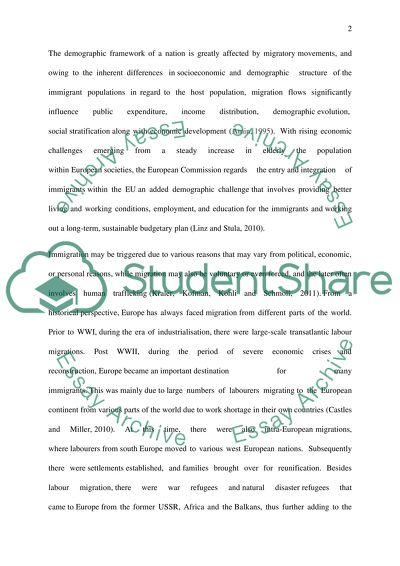Cite this document
(“Immigration and the challenges associated with socio-political Essay”, n.d.)
Immigration and the challenges associated with socio-political Essay. Retrieved from https://studentshare.org/history/1492233-eu-national-identity-ethnicity-essay-questions
Immigration and the challenges associated with socio-political Essay. Retrieved from https://studentshare.org/history/1492233-eu-national-identity-ethnicity-essay-questions
(Immigration and the Challenges Associated With Socio-Political Essay)
Immigration and the Challenges Associated With Socio-Political Essay. https://studentshare.org/history/1492233-eu-national-identity-ethnicity-essay-questions.
Immigration and the Challenges Associated With Socio-Political Essay. https://studentshare.org/history/1492233-eu-national-identity-ethnicity-essay-questions.
“Immigration and the Challenges Associated With Socio-Political Essay”, n.d. https://studentshare.org/history/1492233-eu-national-identity-ethnicity-essay-questions.


